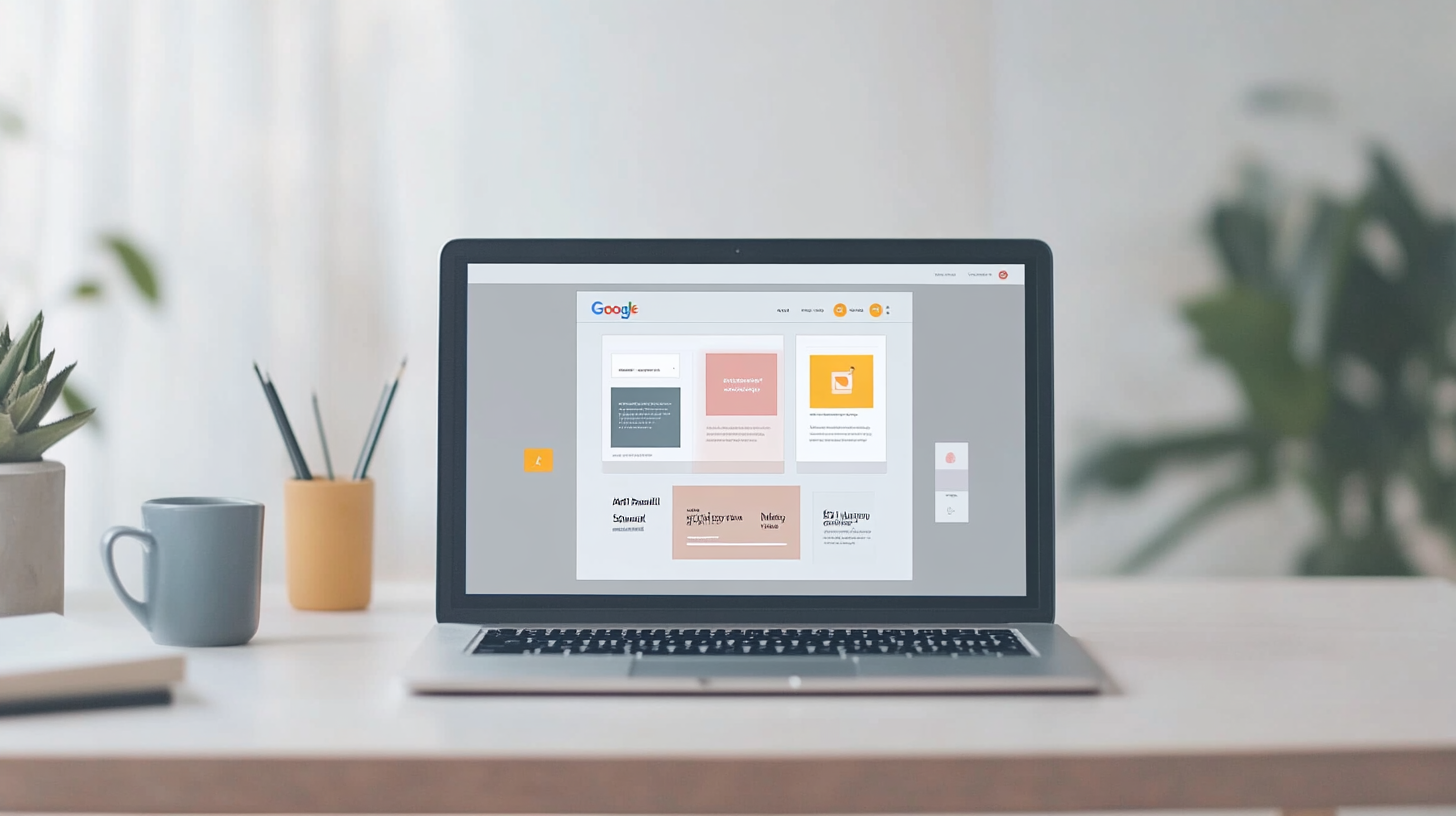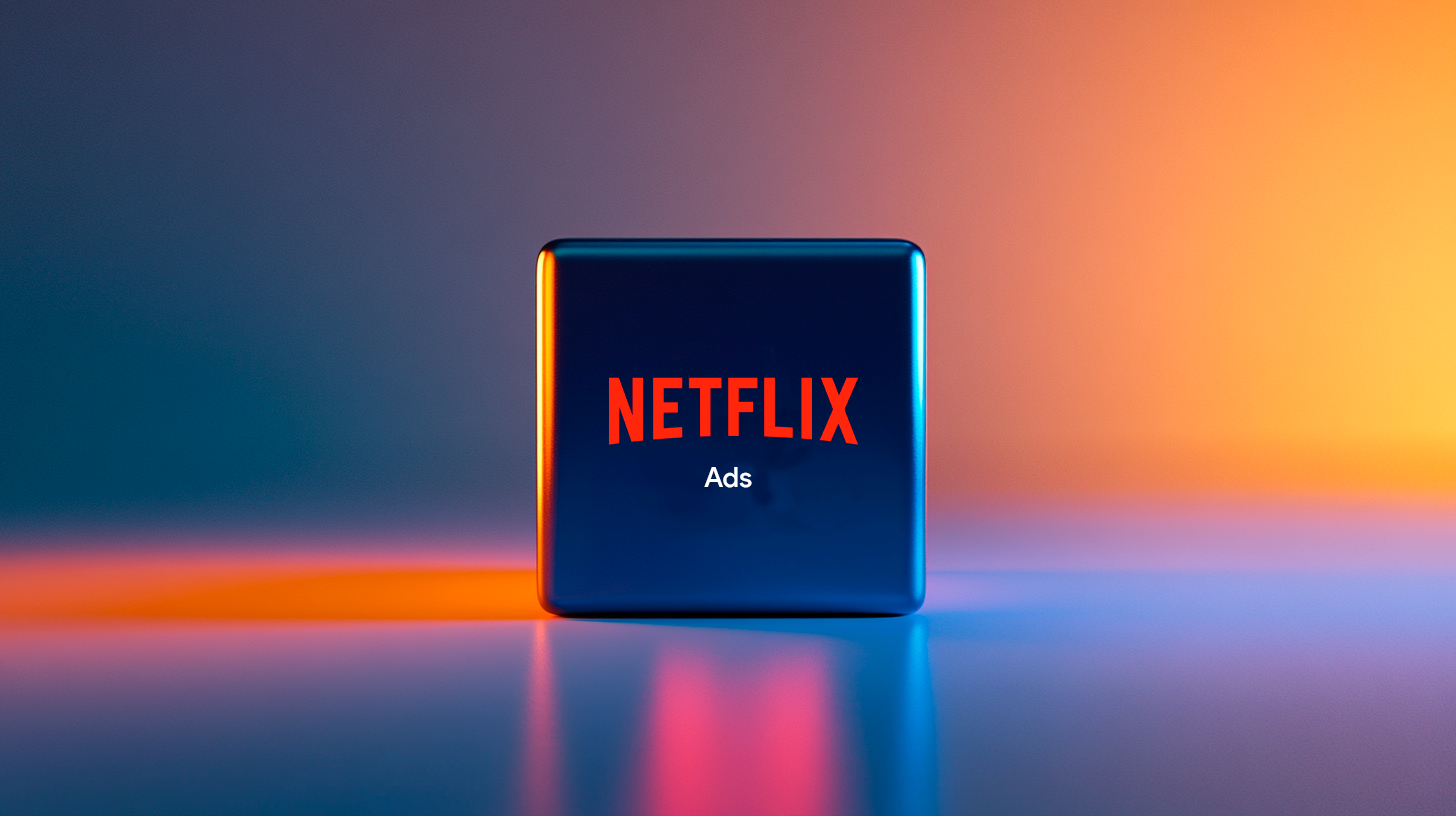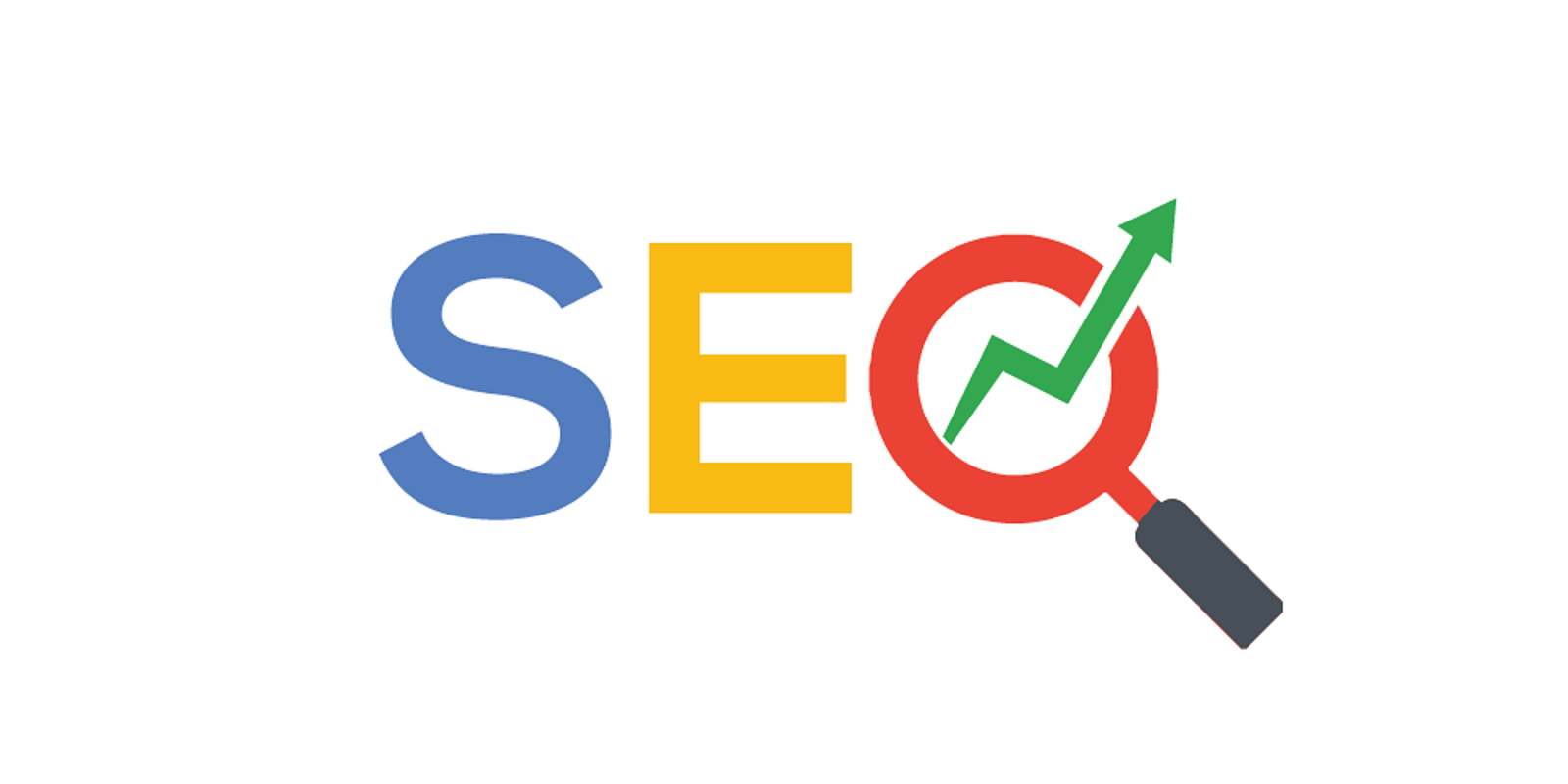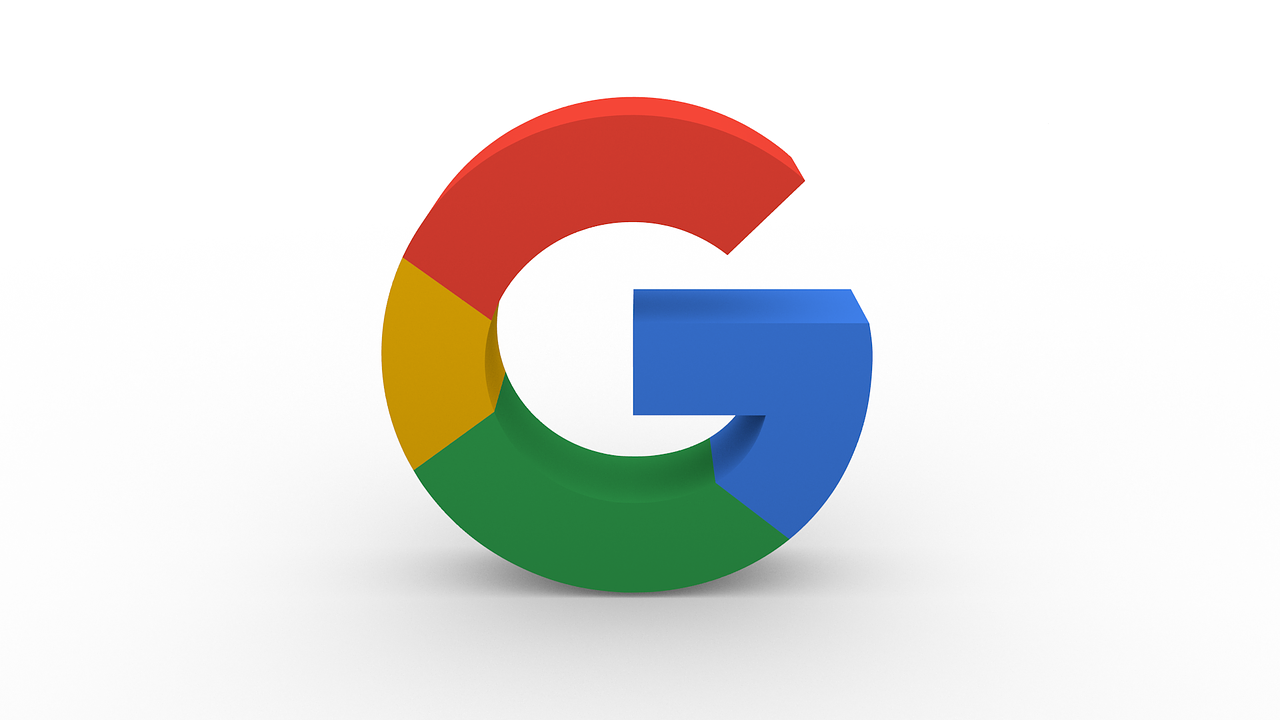When you run Google Ads campaigns, you are not paying for visits, you are investing in real business opportunities. Every click you get has a cost (CPC), but also a huge potential. The problem is that many advertisers get obsessed with the perfect ad and forget the most important thing, the page where that click lands.
If your destination URL, your landing page, is not designed to convince, entice and convert, no matter how good your copy is or how optimized your campaigns are. You are literally throwing money away. And not only that, you are losing authority, sales opportunities and, above all, the user’s trust.
In this article we tell you, step by step, how to transform a simple page into a click-to-customer conversion machine. Because the real conversion doesn’t happen in the ad, it comes after.
💡 Note: Although this approach applies especially to service businesses such as training, consulting, health or SaaS… if you work with e-commerce you can also get useful ideas. Just keep in mind that the structure and objectives of a destination URL for physical products usually require another type of strategy, more oriented to catalog, product sheet and purchase processes.
1. Consistency between advertisement and landing
This principle is basic, but it is ignored more often than we would like to admit. Consistency between what you promise in your ad and what the user finds in the destination URL is crucial to achieve a conversion. Have you promised a free trial? That should be visible in the first scroll. 30% discount? The landing headline should scream it.
When there is a disconnect between what motivated the click and what the user finds, immediate friction is generated. This triggers the bounce rate, reduces retention and, of course, penalizes your Quality Score. Google notices, and your budget suffers.
¿What can you do? Make sure that:
- The headline of your landing reinforces the promise of the ad.
- Visual elements (colors, icons, product) are consistent.
- The main message is clear, direct and appears in the first screenshot.
💡 If you want to know how to do this with surgical precision, check out our Google Ads campaign service where we build aligned experiences from start to finish.
2. Conversion Oriented Design (CRO)
A pretty design is not enough. What you really need is a design that converts. And that means understanding the user’s behavior, reducing their objections and guiding their attention step by step until the final click. Every element in your landing must have a purpose, to support the sales pitch or facilitate conversion.
These are the principles of conversion-centered design that we apply at Bibe Agency:
- Clear visual hierarchy: the headline should grab attention, followed by a persuasive subhead and a powerful CTA.
- White space: less is more. A saturated landing generates anxiety and disperses attention.
- Visible social proof: testimonials, customer logos, reviews, etc.
- Short forms: ask for the essentials, the fewer the fields, the more conversions.
- Featured CTA: a button that stands out, does not compete with other elements and uses action verbs.
Speed and mobile experience
More than 80% of Google Ads traffic comes from mobile devices. This means that your landing page should not only look good on a smartphone, but it should be thought, designed and optimized for mobile first. This includes vertical structure, convenient touch buttons, forms that don’t require too much typing and ultra-fast loading.
Google measures loading speed, especially on mobile, as part of the user experience. And today’s user doesn’t wait – if your page takes more than three seconds to load, they’re likely to close the tab before your website’s logo has even loaded.
🔧 To ensure top performance, optimize images in formats such as WebP, reduce unnecessary scripts, apply lazy load for heavier elements and use a CDN for efficient geographic distribution.
4. Eliminate leakage points
The Landing page is not a showcase, it’s a tunnel. Every link that doesn’t lead to conversion is a hole in your funnel. This includes menus, social media links, blog links. Anything that doesn’t directly support the conversion goal should be removed or minimized.
This not only reduces distractions, but also allows you to control the flow of the user’s attention. Think of your Landing Page as a one-to-one conversation, the more direct and focused you are, the more likely you are to close.
5. Tracking, analytics and A/B testing
A landing page without measurement is like driving blindfolded. Implement Google Tag Manager to collect behavioral data, button clicks, scroll, forms, dwell time, etc. Integrate with Google Analytics 4 to better understand performance.
Once you have data, it’s time to test variations. What if I change the title? Or the color of the button? What if I shorten the form? A/B testing allows you to compare versions with real traffic and choose the one that works best for you.
Example: before and after
Client: online training platform
- Before: Generic URL, with menu, diffuse content and multiple links →Conversion Rate : 1.2%.
- After: landing without menu, clear proposal, unique CTA and visible testimonials → Conversion rate : 5.8%.
- Result: +385% more leads with the same investment budget
Conclusion: every click counts
It is not enough to have a good strategy in your campaigns alone. The real success of Google Ads is measured after the click. That’s why an optimized destination URL is the best investment you can make in your funnel.
- ✅ Improve your Quality Score and reduce CPC
- ✅ Increase your real conversion rate
- ✅ Allows you to scale up without increasing your budget
- ✅ Reinforce the user experience and trust in your brand
🚀 Do you want us to review your Landings and help you improve your ad conversion rates?



